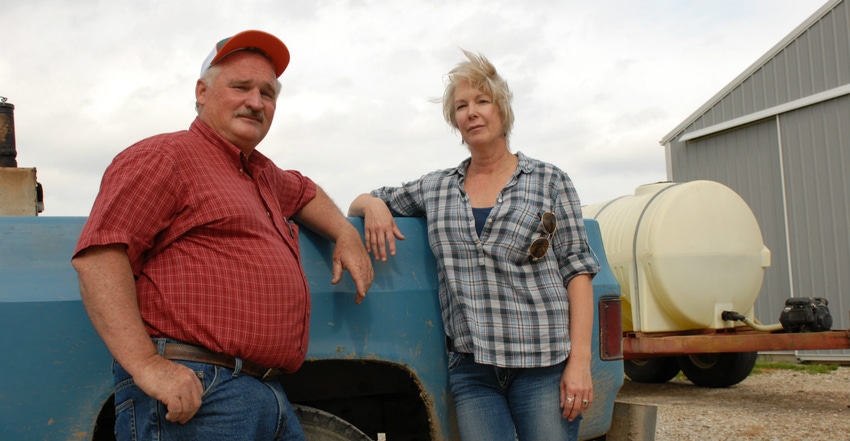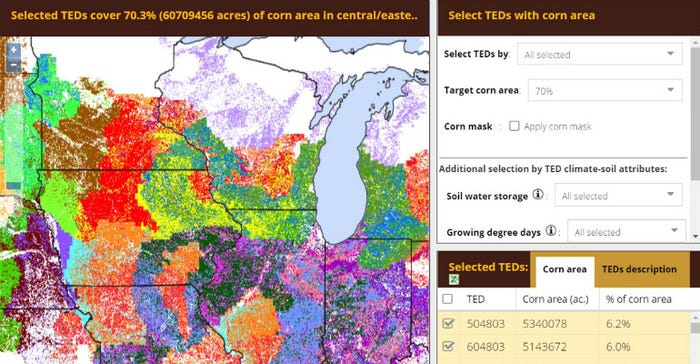July 5, 2017

Sponsored Content
by Karen Chapman, NutrientStar administrator
NutrientStar, which assesses fertilizer management products and tools using field trials and in-depth scientific reviews, was a game changer for farmers. Prior to the launch of the program last year, there was no program – no Carfax, no expert or customer reviews – to help farmers determine what tools would work as advertised.
The only downside of the program was its limited utility. Farmers had no easy way to extrapolate results from the relatively few number of field trials performed thus far to their own locations.
Now, a new geospatial feature called the Technology Extrapolation Domain (TED) framework will make NutrientStar accessible to tens of thousands of additional farmers across the Corn Belt.

NutrientStar has been a game changer for famers since the launch of the program last year.
Measuring conditions
In the past, when a product was field tested, the results from that trial were difficult to extrapolate to other parts of the country, particularly if only a few trials were conducted in a limited geographical area.
Researchers and farmers know fertilizer management tools do not perform the same way across different soils and weather patterns. Tools designed for use in commodity crops may perform in a similar fashion, however, if performance is viewed in the context of the very same conditions that influence crop growth – climate and soils.
TED ties regions together based on these key growing conditions, not on proximity. Utilizing an existing approach developed by the University of Nebraska, the framework is the first to provide a robust delineation of climatic and soil conditions across crop-producing regions in the United States.
The current version includes corn-growing regions in the U.S., and version 2.0 will include wheat-growing regions in the Western US and Canada.
How it works
NutrientStar already lets farmers know which products have been tested on specific crops, what the results were (yield and fertilizer efficiency achieved as well as profitability), how much research has been done on that product, and where it has been tested.
If a tool has not been tested in a farmer’s particular location, he can now go to the NutrientStar website and get information about areas of the Corn Belt where that tool has been tested that might correspond climate- and soils-wise to the area where he is farming. That’s because the framework divides up the Corn Belt and groups similar areas together by color. Areas with the same color indicate that a given product or management tool would perform similarly within that zone because soils and climate are similar.

NutrientStar tells farmers how fertilizer tools will perform in their soil type and climate.
Now, a farmer can find their specific location and the associated color of their operation’s geography. Looking at the TED framework, he or she can see other areas that have his same conditions and where the tool under question has been tested.
This comparison helps farmers – and their crop advisors – infer that a tool might work in their backyard, even if a field trial hasn’t been conducted at a nearby location.

This new geospatial tool will help farmers asses which fertilizer tools perform best on their farm.
If you'd like to contact the author, Karen Chapman, she can be reached at [email protected].
About the Author(s)
You May Also Like




